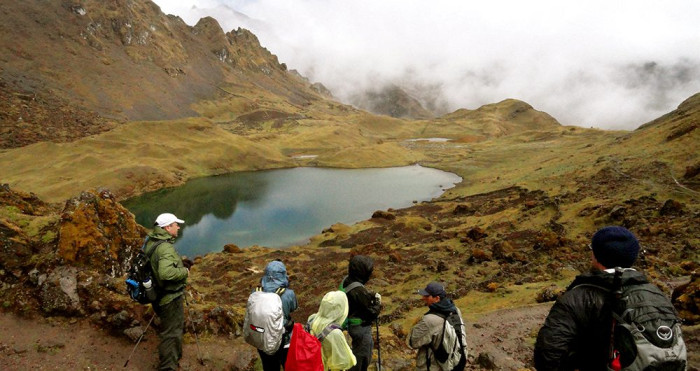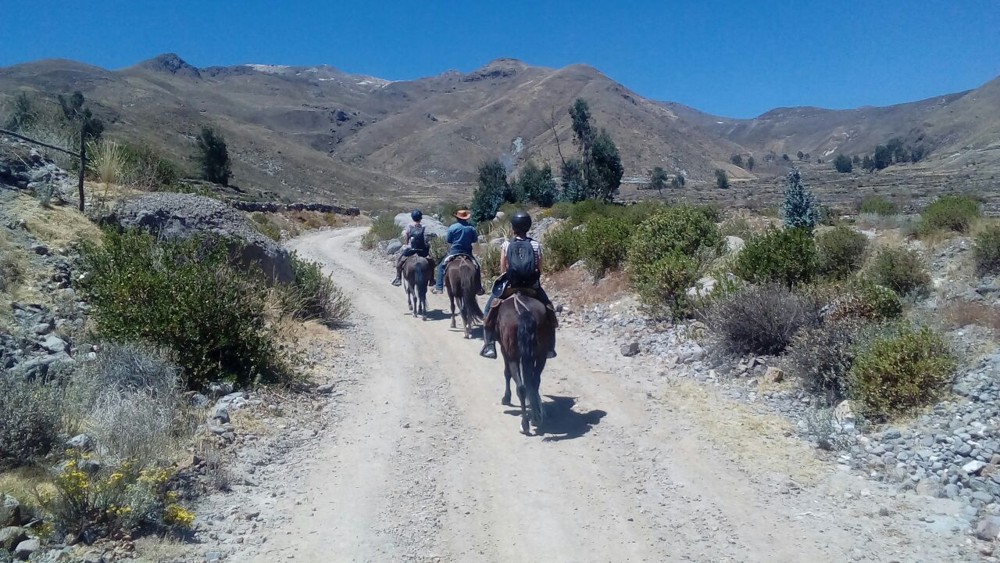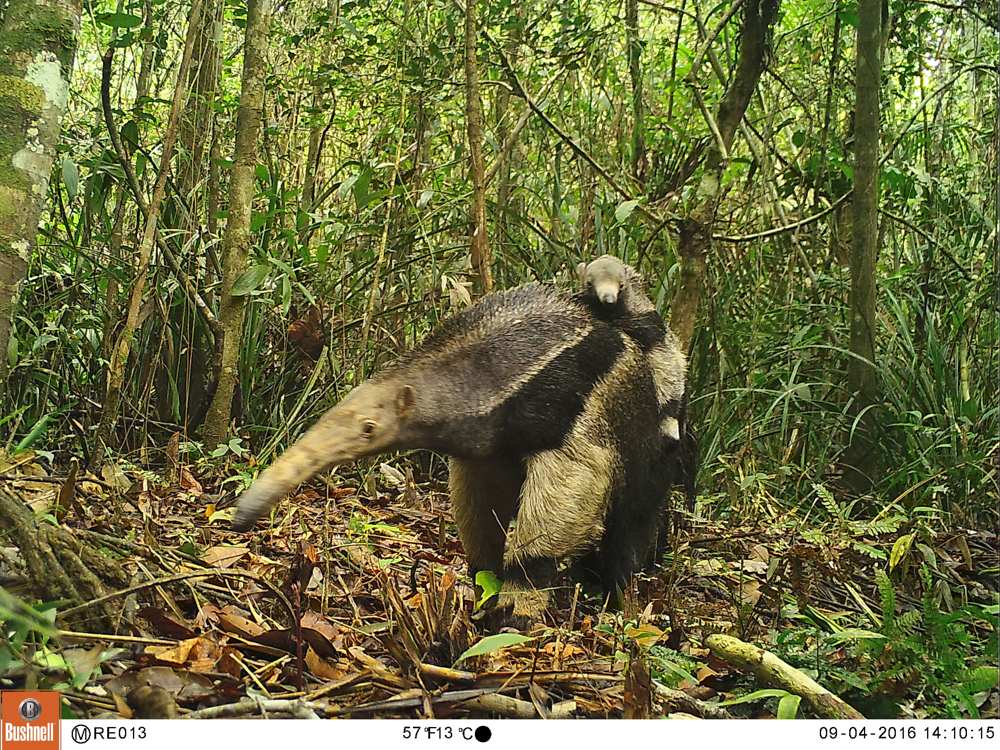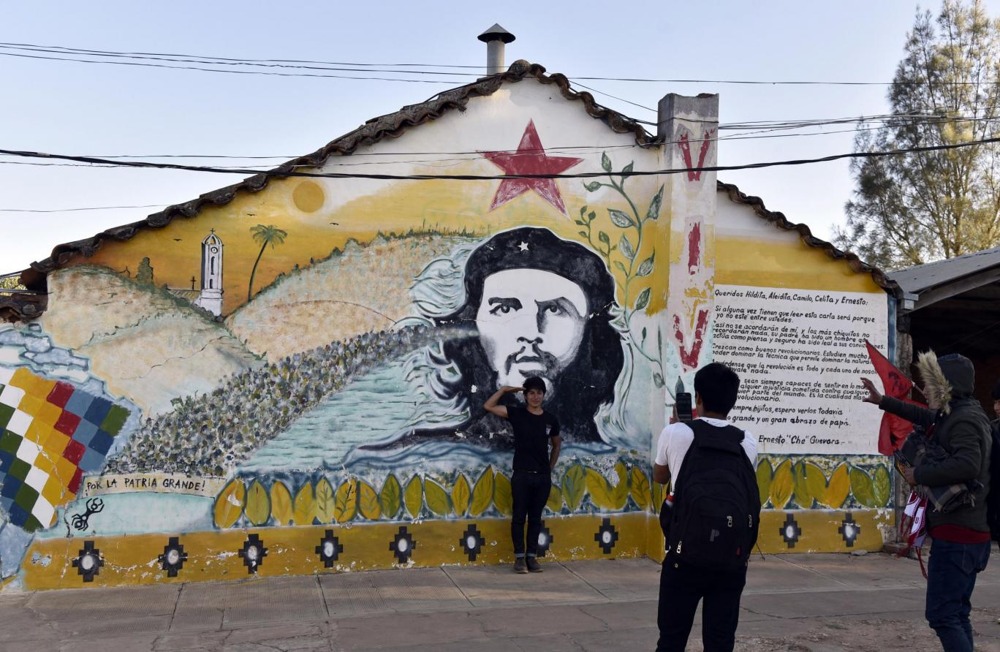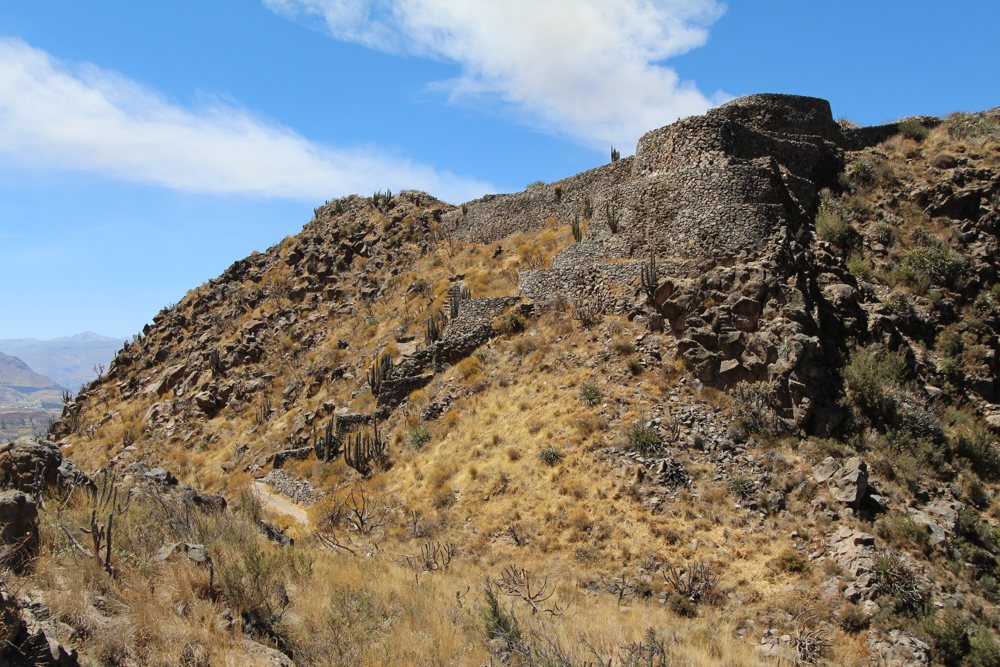As one of the lucky countries with the Andes decorating its landscapes, Peru is rich in hiking and climbing opportunities for adventure travelers. But the best part about the varied terrain is that there is trekking for every skill set and fitness level. A great hike for soft adventurers, who love to be outside but […]

